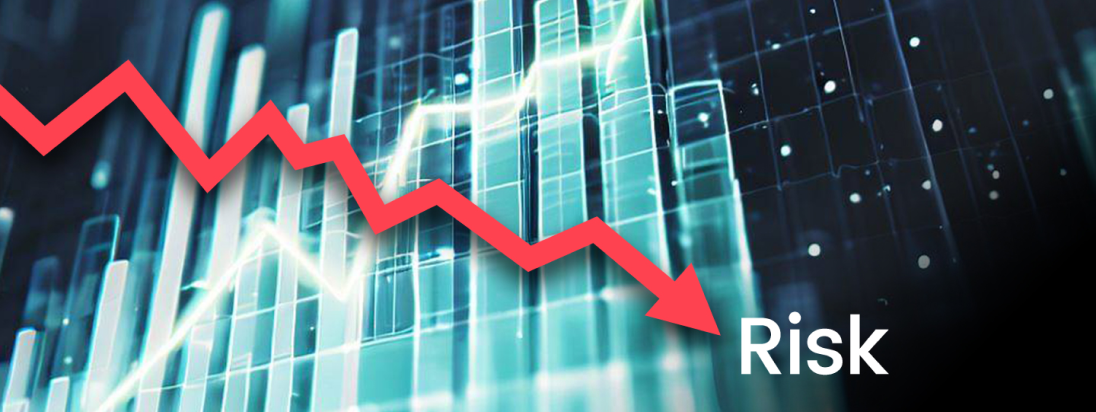
Investing in Infrastructure: Risks and Rewards
Investing in infrastructure in emerging markets presents investors with an appealing opportunity for potentially higher returns. Emerging markets are known for their elevated economic growth rates, offering the possibility of attractive investment returns compared to more mature markets. These markets often present new investment opportunities that can be lucrative for investors who possess the ability to identify the right prospects at the right time. Moreover, investing in emerging market infrastructure can provide diversification benefits to a portfolio, as these markets typically exhibit a lower correlation with developed markets, serving as a hedge against economic downturns in more mature economies.
GIA is disrupting the historical equation of high risk and high rewards by offering investors the opportunity for high rewards at low risk. Through innovative strategies and a deep understanding of emerging markets, GIA has developed a unique approach that mitigates risks while maximizing returns. This approach challenges the traditional notion that investing in emerging markets must come with inherently high risk.

However, it is essential to thoroughly assess the associated risks before making investment decisions. One significant risk to consider is foreign exchange rate risk. Currency fluctuations in emerging markets can directly impact the total return of the investment when converted back to the investor's domestic currency. This volatility exposes investors to potential losses or reduced returns. Additionally, emerging market securities do not consistently follow the patterns of normal distributions observed in North American markets. This poses challenges for investors who rely on traditional financial models to value derivatives or accurately forecast equity prices. Historical information may not provide reliable correlations between events and returns in emerging markets, making it difficult to predict future performance.
In conclusion, while investing in infrastructure in emerging markets offers potential rewards in terms of higher returns and diversification benefits, it is crucial for investors to thoroughly evaluate and manage the associated risks. Understanding and assessing foreign exchange rate risk, non-normal distributions, lax insider trading restrictions, and limited liquidity are vital steps in making informed investment decisions. GIA's exceptional risk management methodology has successfully broken the historical equation of high risk and high rewards, and instead achieves high rewards at low risk. By conducting thorough research, analyzing local economic and political factors, and employing diversification strategies, investors can mitigate risks and increase the likelihood of achieving desirable outcomes. It is important to remain vigilant, adapt to changing circumstances, and seek expert advice to navigate the dynamic nature of investing in infrastructure in emerging markets.
Source: The Risks of Investing in Emerging Markets - Investopedia.


